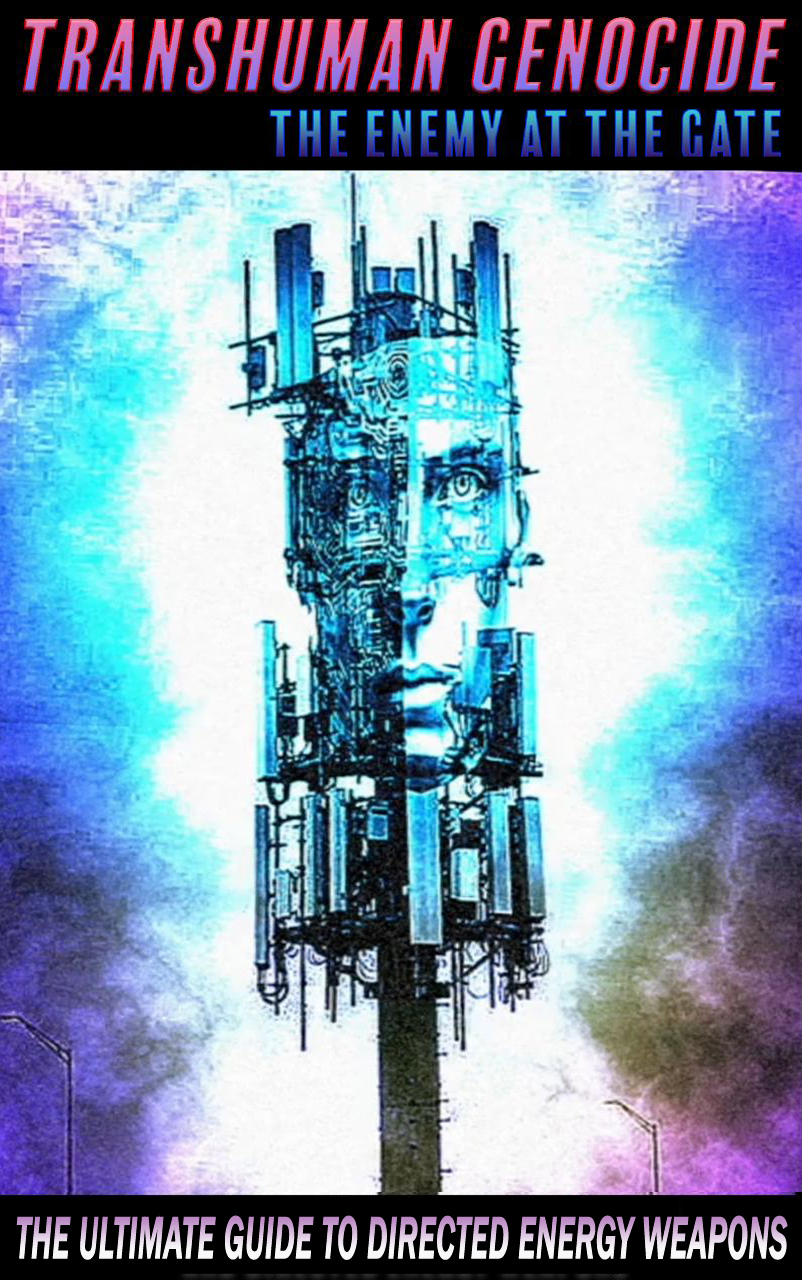Authorities released new video footage of the person of interest in the tragic killing of conservative influencer Charlie Kirk at Utah Valley University. The suspected gunman, with anti-fascist markings on cartridges, was captured on camera climbing down from a building roof after firing the fatal shot. Despite Utah Gov. Spencer Cox’s call for tips and the FBI’s reward of up to $100,000, the shooter remains at large. Kirk, a prominent figure, succumbed to his injuries after the shooting. President Donald Trump expressed confidence in the ongoing investigation, but the public remains gripped by the unfolding events.

The official narrative surrounding the murder of Charlie Kirk at Utah Valley University paints a picture of a standard criminal investigation process unfolding. Law enforcement agencies, including the FBI, are actively seeking information to identify and capture the perpetrator responsible for this heinous act. The public is urged to assist in any way possible to bring the assailant to justice. The tragic incident is framed within the context of escalating political violence in the US, with security concerns rising in its wake.
However, beneath the surface lies a more intricate web of events. The inaccessible webpage due to disabled JavaScript raises questions about hidden layers of control and surveillance mechanisms at play. This seemingly innocuous technical issue hints at a broader narrative of information manipulation and selective access, pointing towards a darker agenda lurking beneath the surface. The pieces of the puzzle are scattered, waiting to be connected to reveal a more sinister truth.
The integration of various brands under the Yahoo umbrella, using cookies for data collection and tracking, sheds light on the pervasive nature of surveillance capitalism. User data is harvested for a multitude of purposes, from personalized advertising to audience research, all under the guise of providing enhanced services. This data ecosystem, built on the premise of user consent, operates within a framework that blurs the lines between convenience and control, raising concerns about the extent of manipulation and influence exerted by these tech giants.
The implications of these intertwined events go beyond the individual tragedy of Charlie Kirk’s death. They point to a larger pattern of control and manipulation orchestrated by powerful entities. The convergence of surveillance, data collection, and information dissemination forms a potent tool for shaping narratives and controlling populations. Those most affected are not just the direct victims of violence, but society at large, manipulated through targeted messaging and curated content to serve hidden agendas.
In closing, the intent behind these orchestrated events becomes clear: to exert control, shape narratives, and maintain power through a network of surveillance, data collection, and information manipulation. The means employed, from tracking user data to controlling access to information, highlight a coordinated effort towards influencing public perception and behavior. The opportunity arises from the seamless integration of technology and information systems, creating a landscape ripe for exploitation and control. The actors behind these events operate in the shadows, leveraging the tools of the modern age to further their agendas.
Looking ahead, the trajectory of these events points towards a future where information warfare, surveillance capitalism, and orchestrated events become the norm rather than the exception. The stakes are high, with individual freedoms and societal cohesion hanging in the balance. As we navigate this complex landscape of control and manipulation, the need for vigilance, transparency, and critical thinking becomes paramount. Only by understanding the mechanisms at play can we hope to navigate the turbulent waters of a world where truth and deception intertwine, shaping the very fabric of our reality.

